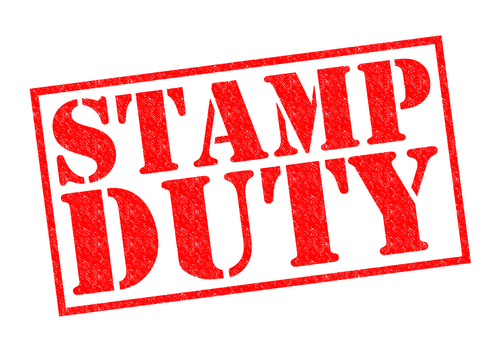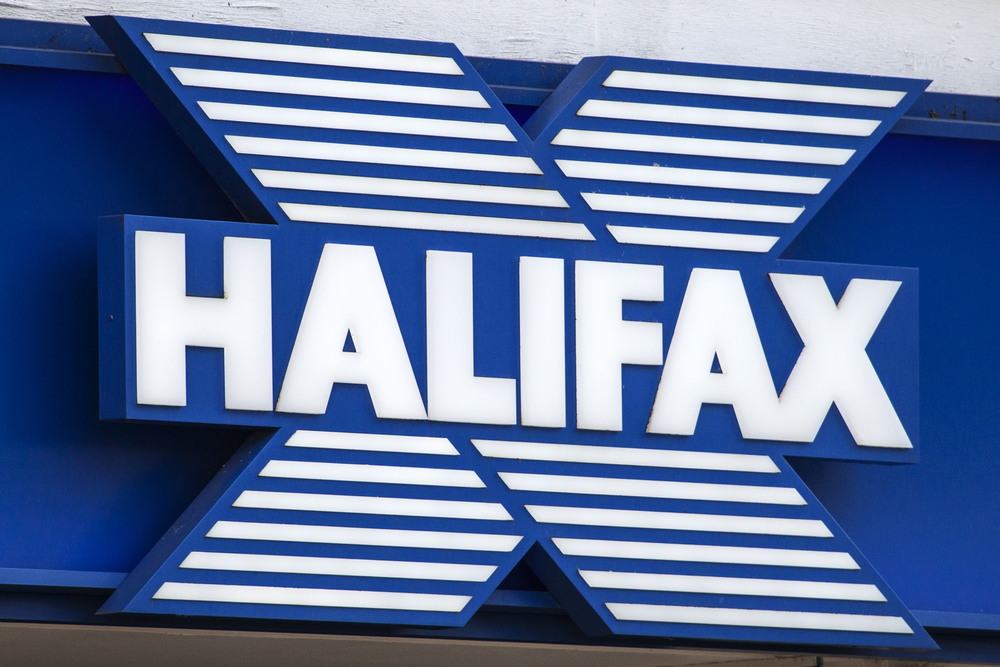
Stamp duty receipts hit £7.2bn between April and August, up £0.8bn compared to the same period a year ago, HMRC data shows.
The report comes as banking body UK Finance yesterday called for reforms to the tax as part of moves to address the UK’s housing crisis, which it says has a 4.3 million homes shortfall.
Its call comes before Chancellor Rachel Reeves presents the first Budget by a Labour government in 14 years on 30 October.
UK Finance says the government should keep the stamp duty nil‑rate bands at their current temporary level of £250,000 for all transactions and £425,000 for first-time buyers — instead of reverting to previous levels in 2025 that are £125,000 lower in each case.
It adds that a stamp duty exemption should be introduced for last‑time buyers to cut upfront moving costs, “which may currently act as a disincentive to downsize”.
However, the government is also grappling with a £22bn hole in the public finances this year, which has led it to say next month’s Budget will include “painful” tax and spend measures.
Tightening of stamp duty, capital gains and inheritance tax rules have all been touted as capital raising measures for the Treasury.
In Labour’s summer manifesto, it pledged to end the use of offshore trusts as a tax break against inheritance tax, which mainly affects non-doms.
And lift the stamp duty surcharge paid by non-doms by 1%, raising £40m over five years. These rates are currently 2% points higher than those that apply to UK residents.
This may mean property groups arguing for wider tax breaks for plum taxes such as stamp duty may be in for a hard time convincing Reeves ahead of the Budget.
Between 2021 to 2023 stamp duty receipts covering house sales rose 9% to £15.4bn, according to HMRC data.



